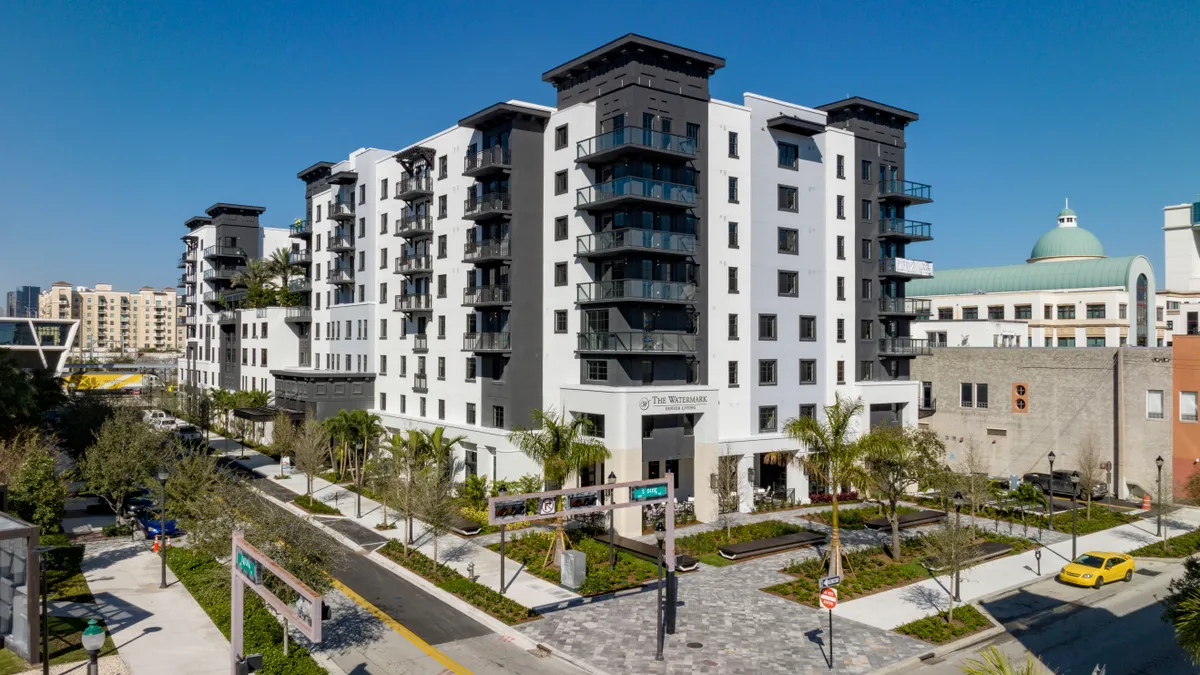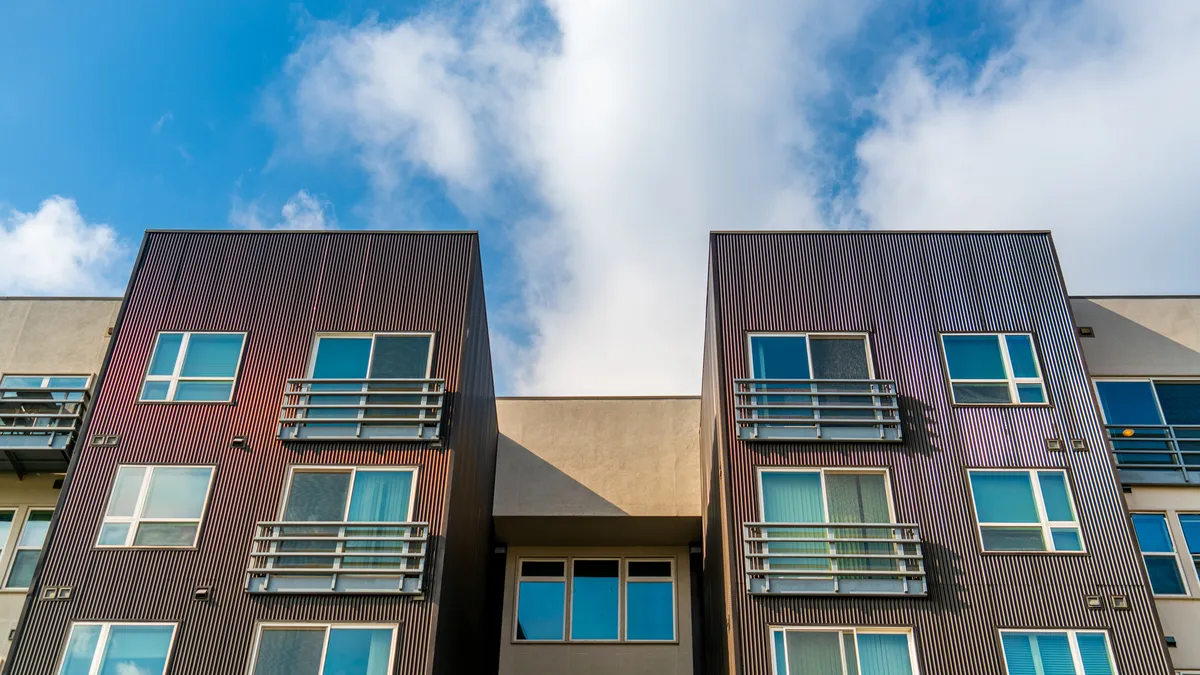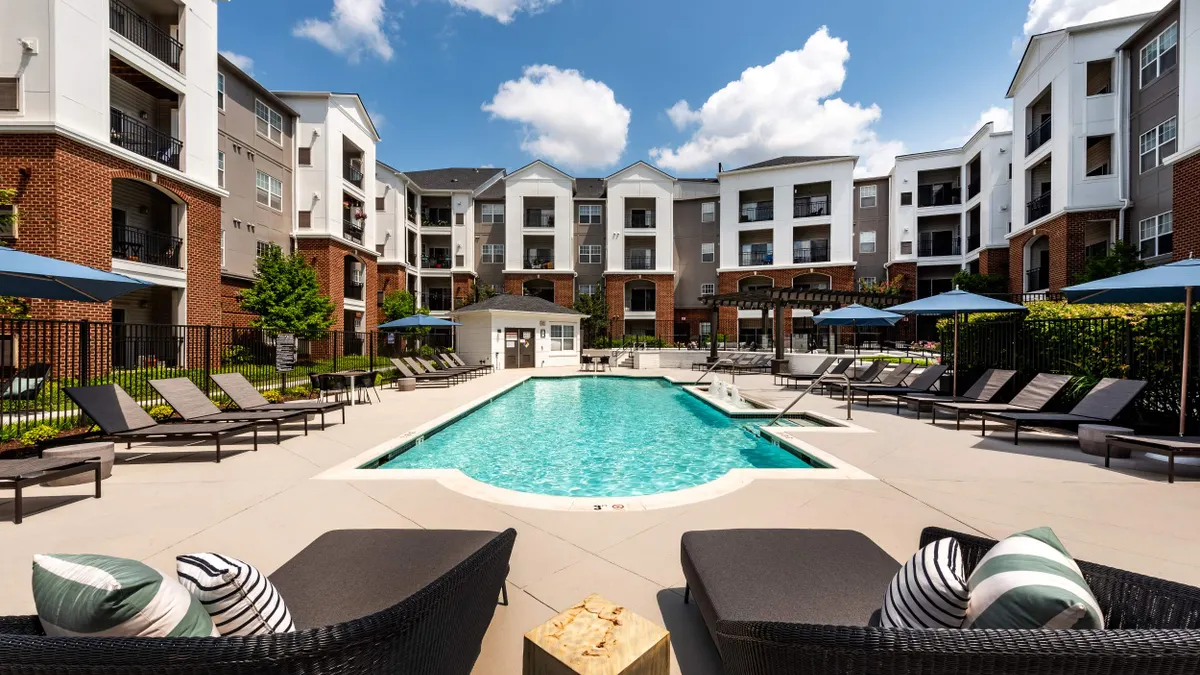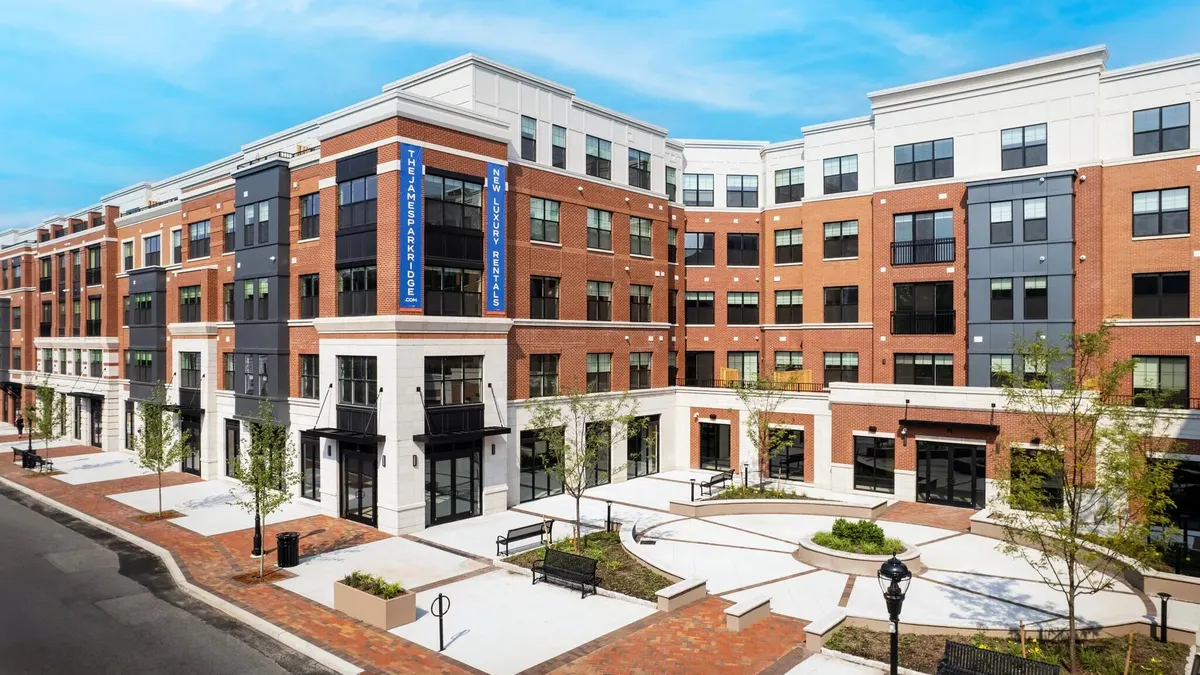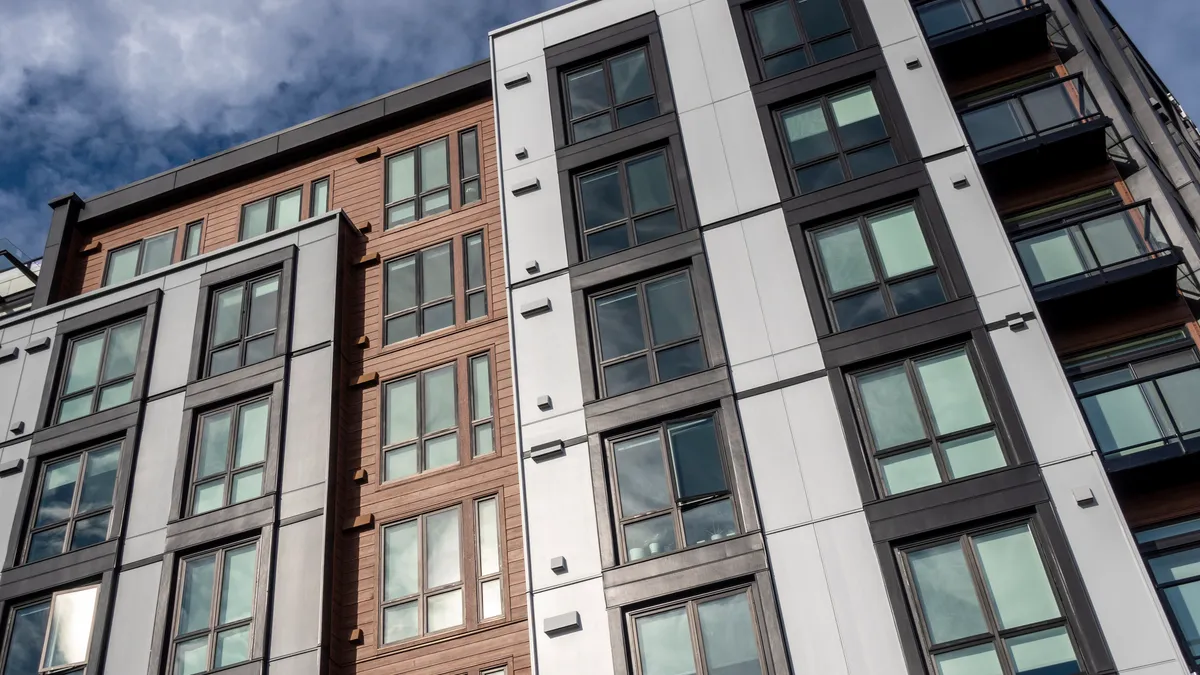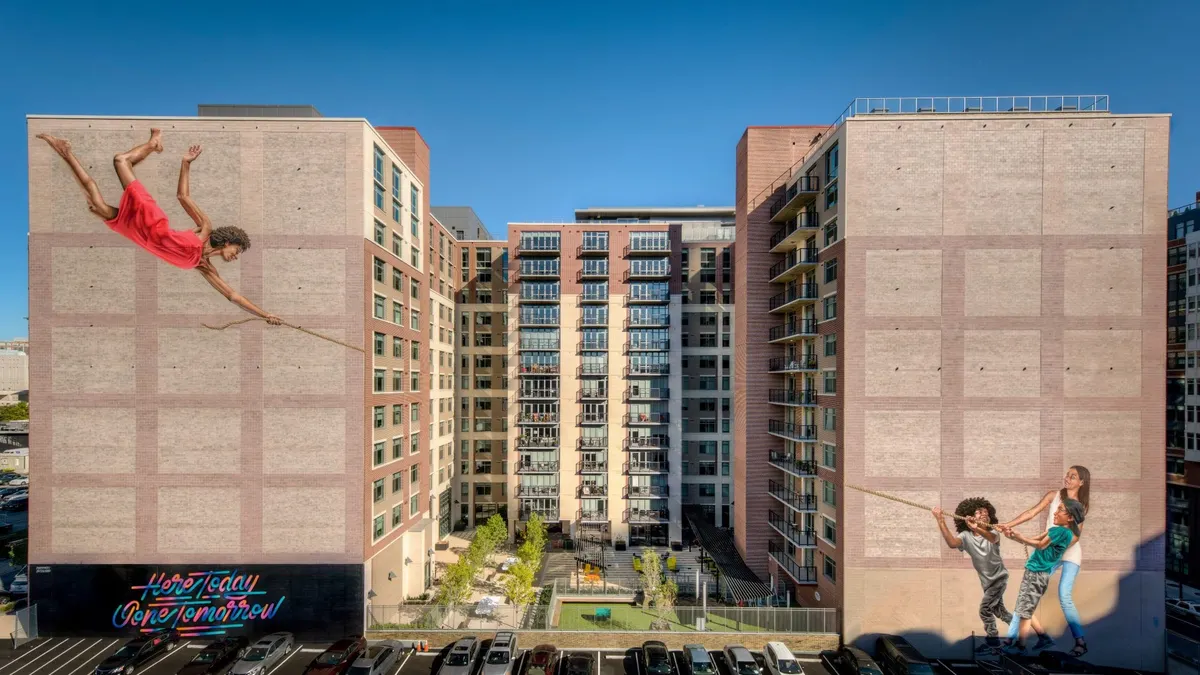For 30 years, ZOM Living carved out a reputation as an apartment developer that rode the booms and busts of Florida development.
But over time, the Orlando-based firm has branched out, moving into Texas; Phoenix; Washington, D.C.; Nashville, Tennessee; and the Carolinas in the 2000s and, more recently, jumping into senior housing.
ZOM CEO Greg West told Multifamily Dive that "senior housing is a market that we think is really set up for some strong growth and success for the next 20 years,” ZOM CEO Greg West told Multifamily Dive.
ZOM is now operating three senior communities in the Florida cities of Wellington, West Palm Beach and Coral Gables.
“Those are all full continuum projects — high-end luxury housing with independent living, assisted living and memory care,” West said. “We're also working on a pipeline of active adult projects.”
However, conventional multifamily is still ZOM’s bread and butter. Currently, the firm’s portfolio consists of over 4,500 units under construction or in design and predevelopment, with a total capitalization of nearly $2 billion.
But things are changing, according to West.
“This economic reset that we're still in the midst of has really slowed down the capital markets in particular,” West said. “So that has slowed down the pace of development that we're doing pretty dramatically last year and this year as well.”
Here, West talks with Multifamily Dive about the appeal of high-growth markets, the decision to keep building and the financing environment.
This interview has been edited for brevity and clarity.
MULTIFAMILY DIVE: ZOM operates in several high-growth markets, such as Phoenix, Nashville and Austin, Texas, where supply can be an issue. What do you like about these metros?
GREG WEST: All of those markets have really dynamic characteristics that are creating a lot of economic growth. And where there's economic growth, there's growing demand for housing, always, including rental housing.
In those places, we have some shovel-ready projects that we will be proceeding forward with soon. We're also working in pre-development to arrange permitting.

It's not a level story. In each market, you have a little bit of overbuilding. In some of those places, that's getting very quickly absorbed. But we see a lot of opportunity to begin construction on new projects, certainly next year. And we're starting a few this year.
How are you making decisions about whether to move forward with developments or to wait?
We certainly consider the conditions of the market today when we're evaluating things. It's definitely a factor. We can't ignore the reality at the moment, but we also have to think carefully about what the forecast is going to be for when we open that project.
That moment is three years from today or, in some cases longer, when you consider the time that I need to get all the design and permitting done. And then there is the time to build it and the time to lease it up.
That's why we focus on those high-growth markets where we know that economic growth is going to happen and the demand for housing is going to grow. We feel confident, given that amount of time, that the projects will be well received when they are open and stabilized.
How much harder is it to secure debt?
It’s a lot harder. The reason is that the institutions are always the biggest players in the market in both financing and development and in the acquisition of stabilized deals.
The institutions are, for the most part, on the sidelines. There are a few of them that are back in the market, but most of them are waiting for more certainty of where we are in the economic cycle. So until they get back in the market, it will remain tough.
They're not the only players in the market. There is a lot of private capital in the market. Private capital is, normally, 20% to 50% of the transactions in the market. But right now it is 80% to 85% of the market.
The cost of financing right now is at its peak. The Fed [Federal Reserve] has not changed or reduced rates, but it’s a very common belief that is coming fairly soon. When that happens, the cost of financing goes down.
Has the cost of land and construction come down?
I have not seen the cost of land retract since the financial crisis. At that time, there was a lot of leverage in land positions and across the market, which created a great deal of stress in that market. But since then, the amount of leverage in the land positions has really changed. There's not nearly what it was back then. So I think that has created more stability in that market.
But there are definitely positive trends. We're seeing a softening in construction costs in all markets. It's not a level thing from market to market, but there's no question that those costs are softening.
Is absorption improving in your high-barrier markets?
We're starting to see stability on the absorption side. It was flat for 12 to 18 months. Because of the supply that's coming into the market, we've really not been able to grow rents. In the worst case, we’re seeing continued flatness. In some cases, we’re seeing some modest rent growth in some submarkets.
Click here to sign up to receive multifamily and apartment news like this article in your inbox every weekday.



